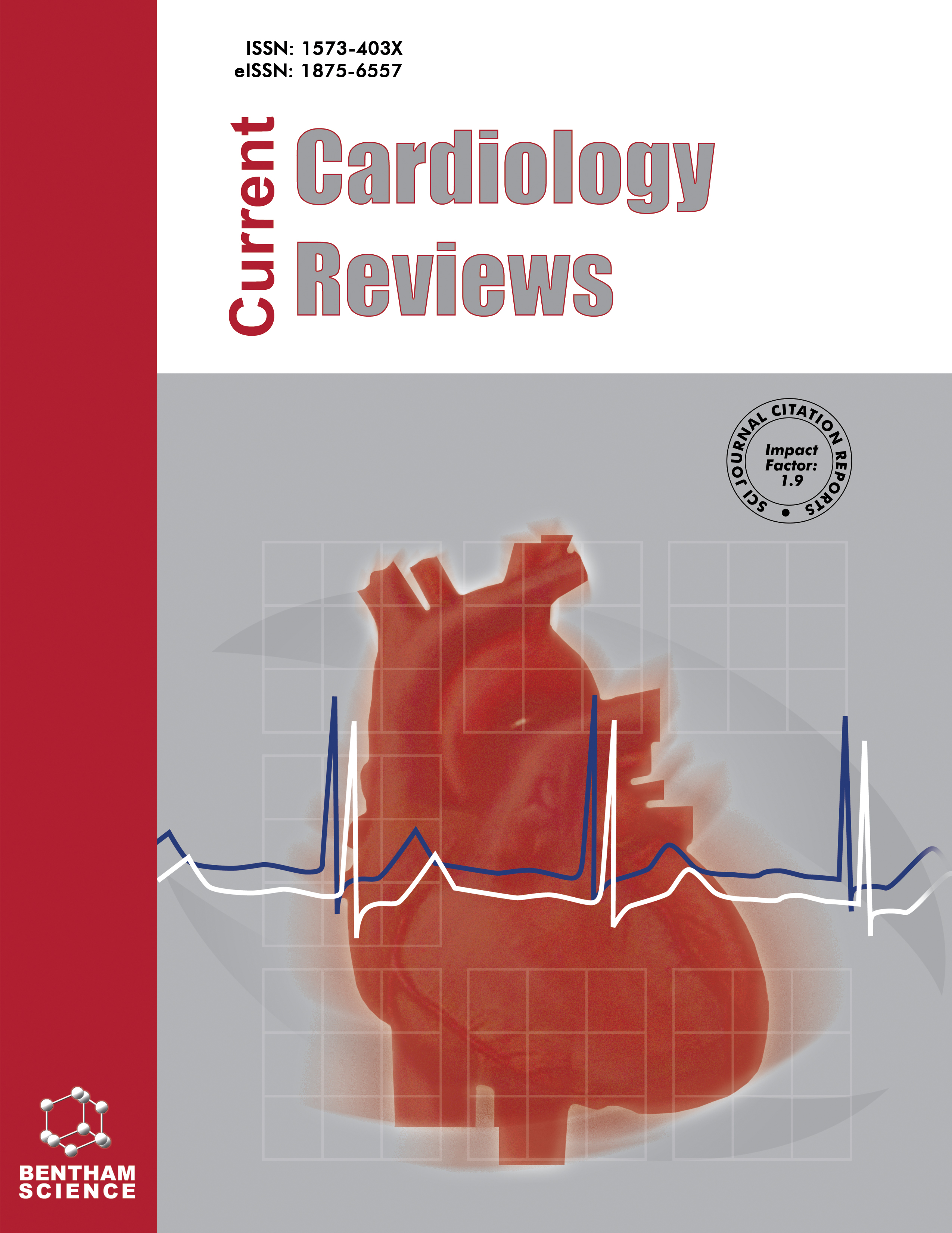
Full text loading...
We use cookies to track usage and preferences.I Understand
Ischemic heart disease (IHD) is a pathology of global interest because it is widespread and has high morbidity and mortality. IHD pathophysiology involves local and systemic changes, including lipidomic, proteomic, and inflammasome changes in serum plasma. The modulation in these metabolites is viable in the pre-IHD, during the IHD period, and after management of IHD in all forms, including lifestyle changes and pharmacological and surgical interventions. Therefore, these biochemical markers (metabolite changes; lipidome, inflammasome, proteome) can be used for early prevention, treatment strategy, assessment of the patient's response to the treatment, diagnosis, and determination of prognosis. Lipidomic changes are associated with the severity of inflammation and disorder in the lipidome component, and correlation is related to disturbance of inflammasome components. Main inflammasome biomarkers that are associated with coronary artery disease progression include IL‐1β, Nucleotide-binding oligomerization domain-like receptor family pyrin domain containing 3 (NLRP3), and caspase‐1. Meanwhile, the main lipidome biomarkers related to coronary artery disease development involve plasmalogen lipids, lysophosphatidylethanolamine (LPE), and phosphatidylethanolamine (PE). The hypothesis of this paper is that the changes in the volatile organic compounds associated with inflammasome and lipidome changes in patients with coronary artery disease are various and depend on the severity and risk factor for death from cardiovascular disease in the time span of 10 years. In this paper, we explore the potential origin and pathway in which the lipidome and or inflammasome molecules could be excreted in the exhaled air in the form of volatile organic compounds (VOCs).

Article metrics loading...

Full text loading...
References


Data & Media loading...
Supplements

